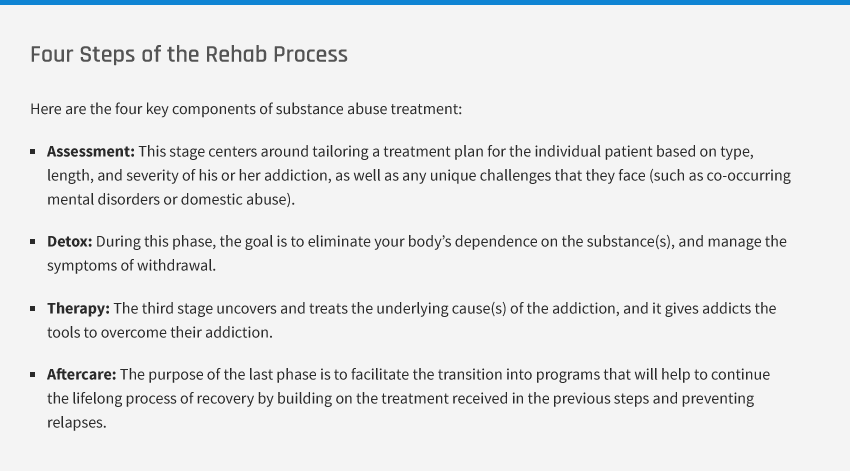Demographics of Individuals Seeking Treatment for Ecstasy Addiction
According to a 2017 SAMHSA report that charts admissions to and discharges from publicly funded substance use treatment facilities, men are considerably more likely to seek treatment for amphetamine and methamphetamine abuse, which includes MDMA. The gender breakdown of treatment admissions for amphetamines/methamphetamine was 55.9% male and 44.1% female. While amphetamine addiction occurs in all age groups, the most common age group admitted to a treatment facility for amphetamine and methamphetamine use was individuals aged 25 to 34, with 34 being the average age of all individuals from all age groups who are seeking rehabilitation.


